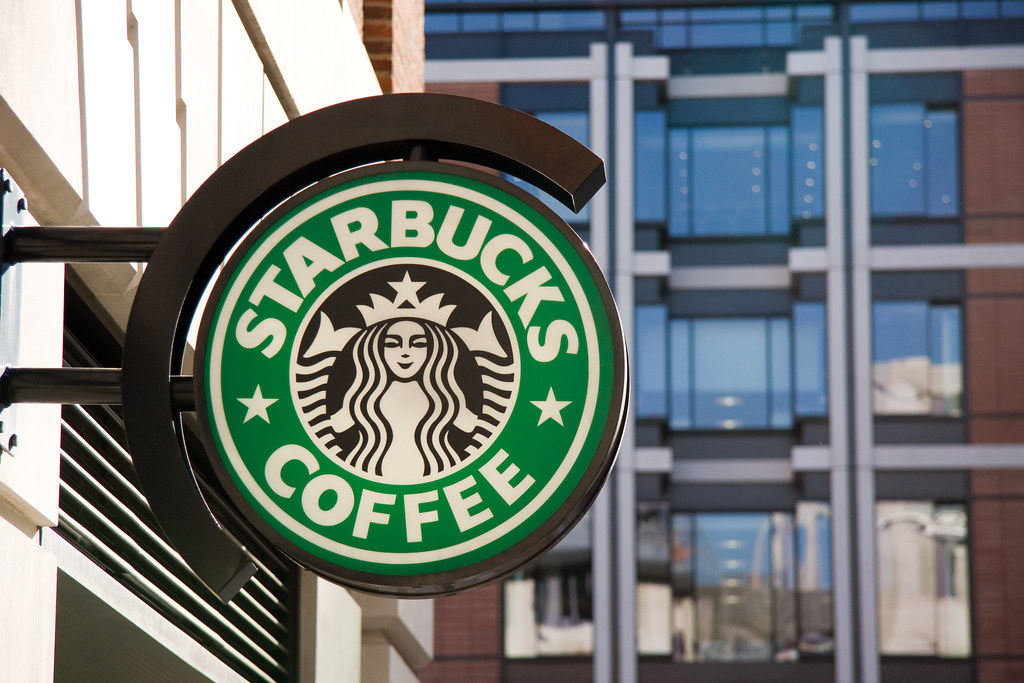By Kaylee Racs.
On February 25, employees at a Mesa, Arizona Starbucks voted 25–3 in favor of unionizing their store. The Starbucks, located at Power and Baseline roads, became the third company-owned store across the nation, and the first outside of New York, to organize a successful union push. The employees’ victory comes on the heels of an influx of union applications filed in Starbucks stores across the nation—more than 100 in the last six months alone. Though this number seems small in light of Starbucks’ almost 9,000 company-owned stores, it represents a movement towards unionization in an industry with traditionally low entry rates.
The History of Labor Unions in the United States
Membership in labor unions peaked during the 1940s and 1950s, with a little more than a third of the American workforce belonging to a union in either the public or private sector. Over time, that percentage has substantially decreased, down to 10.3% in 2021. A majority of union employees work in the public sector—33.9% of public sector employees are unionized, while only 6.1% of private sector workers are. There are many possible reasons for this decline. Some of the most oft cited include the shift in the United States economy away from service industry type jobs, and the increased engagement of employers in “union busting” efforts.
Why Would Workers Want to Unionize?
Unions provide non-management level employees the ability to negotiate with their employers regarding important topics such as their wages and job conditions. This right was conferred with the passage of the National Labor Relations Act (“NLRA”) in 1935. Section 7 of the NLRA creates the right to “engage in . . . concerted activities for the purpose of collective bargaining or other mutual aid or protection.” Starbucks workers have cited frustrations regarding the company’s Covid policies, wage and hour issues, and staffing shortages as some of the reasons that pushed them to request a ballot election with the support of the Workers United Labor Union.
The tipping point for employees at the Power and Baseline location was the company’s treatment of the store’s manager, who was diagnosed with leukemia in October 2021. Despite initial support, she later alleged that the company’s district manager began to ignore her calls and denied her requests for an assistant manager to help her at the store. Workers filed the union petition in November, after the manager put in her two-week notice following an onset of illness while working. Other employees at the location cited Starbucks’ treatment of their manager as confirmation that unionization was the right decision, and emphasized the nationwide support their efforts received from other pro-union Starbucks workers.
Starbucks’ Response to Unionization Efforts
The NLRA does not require a ballot election to form a union. It provides employers the opportunity to voluntarily recognize the union if 30% of the worker pool sign cards authorizing the union to represent them. Starbucks, however, has taken a more aggressive anti-union tactic. A shift supervisor at a Starbucks location in Pennington, New Jersey described meetings with store, regional, and district managers designed to discourage the store’s unionization effort. Workers at the Power and Baseline store revealed a series of text messages sent to them suggesting that they might lose their company benefits should they vote in favor of unionizing. Another Mesa Starbucks, located at Crismon and Southern, is currently going through the ballot election process after being inspired by Power and Baseline’s success. Employees there exposed the existence of “plants”—workers placed in their store that actively attempted to discourage unionizing and sowed division among employees.
Starbucks has not limited its anti-union tactics to discouraging elections. After the Power and Baseline store’s votes had been counted, Starbucks appealed to the National Labor Relations Board, alleging that the proper pool for a union vote was all stores within an assigned district, not a single store. The Board denied Starbucks’ challenge. This was not the first instance in which Starbucks had attempted to undermine a union vote in this way, despite urging by many of its large investors to accept the results of union elections.
Conclusion
So, what does the Mesa Starbucks’ victory mean more broadly for employees of the coffee giant? The real answer is that it is simply too early to tell. Though a successful unionization effort is a win in and of itself, what it provides is the opportunity to engage in negotiations with Starbucks, not the guarantee that a collective bargaining contract will come to fruition. After the first store in Buffalo was successful in its unionization effort, Starbucks’ executive vice president sent a letter to all employees promising that the company would negotiate in “good faith.” The letter made clear, however, that Starbucks corporate still retained a preference for non-unionization and emphasized that negotiations would be entered into, and concessions made, on a store-by-store basis. It is thought that this strategy will allow Starbucks to take advantage of its resources in a way that multi-store negotiations may not.
On the other hand, the mere presence of unionization efforts has encouraged Starbucks to make some preemptive moves aimed at increasing employee satisfaction and quality of life. In October 2021, it announced that barista wages would be raised at least twice during 2022, reaching a pay floor of $15/hour by summer. It also implemented a referral bonus plan and increased its starting wage by 5%.
Despite Starbucks’ claim that it functions best when it can work with its employees directly, the desire of the Mesa employees to work through a union prevailed. A resurgence in employee self-determination is happening in Starbucks stores across the nation, drop by drop.

